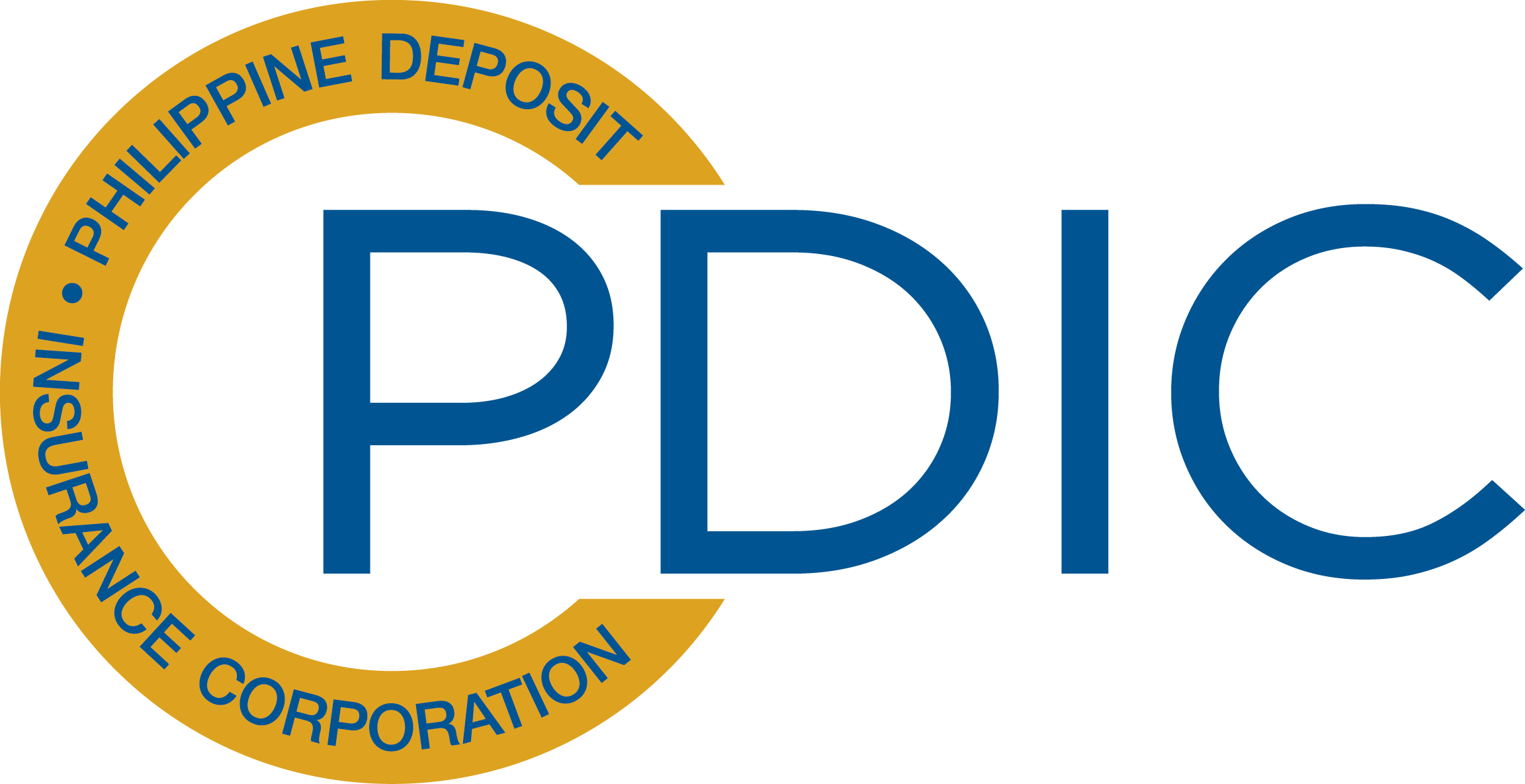| ARCHIVE |
Estimating yield in investing in properties* |

IN a regime of low interest rates, the search for other modes of investments other than interest-bearing instruments and fixed-income securities intensifies. This is especially true for persons and entities such as retirees and foundations that are dependent on earnings from their savings and investments to sustain their lifestyles or operations. Investing in properties is one alternative that comes to mind in a low-interest environment. Properties usually benefit from a low interest rate regime because the cost of financing property acquisition goes down and the demand for properties goes up. Property prices, as well as the rent on properties, also tend to go up in this environment. The consumer and rent THE consumer can look at the subject from multiple facets. If the consumer does not own his or her own home and is paying rent, then investing in a residential property is one way to save on future rental expenses. How? By using his savings to pay for at least part of the acquisition cost. This would lower the financing costs in paying for the balance. For investors seeking better yields than what they can get from interest income alone, they can consider investing in residential or commercial properties for rental income and potential price appreciation as an alternative. In some countries, the relationship between rental rates and property prices is actually used as a barometer for investing in properties. If rental rates indicate an attractive yield on properties, then more investments go to property development until the new supply brings the rate to an equilibrium relationship with the rest of the economy (i.e., interest rates, inflation, and economic and population growth rates). But if rental rates are low, then property prices may be determined to be high. There will be the selling of existing stocks, as well as reduced investments in property development, until equilibrium is reached. Estimating yield and appreciating risks in investing in properties THE yield of investments in properties is much more complex than investments in bank deposits and negotiable fixed-income securities. Here is a very simplified version: If the investment in a residential unit costs P1 million and yields a rental net (plus other taxes and association dues) of P100,000 a year, then the annual yield is 10 percent. This translates to a monthly rental income of P8,333 a month. But if the cost is P2 million and the annual rental remains at P100,000, then the yearly yield slips to 5 percent. However, property investors normally invest for the long term, with the expectation that property prices and rental rates will rise, although the former can also plunge. There are also risks that consumers and investors face in investing in properties. For those planning to live in the unit bought, the main financial risk is if he has a mortgage on the property and if his income is drastically cut so that he can no longer continue to service the debt. For the investor, the risks also include the debt-servicing aspect if he has financed part of the investment, and the risks of being able to have the unit(s) continuously rented out at the expected rates. There are also other risks that are not financing-related. The consumer and investor must ensure that they are protected with all the necessary legal documentation prior to commitment. They should also be aware of the transaction costs involved in selling a piece of property. The capital gains tax, documentary and science stamp duties, municipal taxes and brokers’ commission, among others, have to be considered. For this and other reasons, consumers and investors investing in properties should really have a long-term perspective. Despite the risks, such investments have been proven to be wise and rewarding. ___________________________________ |
back |
This website uses information-gathering tools including cookies and other similar technology. Data generated are not shared with any other party. For more information, please refer to our privacy policy.
 PDIC is a government instrumentality created in 1963
PDIC is a government instrumentality created in 1963by virtue of Republic Act 3591, as amended, to insure
the deposits of all banks. PDIC exists to protect
depositors by providing deposit insurance coverage for the depositing public and help promote financial stability. PDIC is an attached agency of the Bangko Sentral ng Pilipinas.

Questions? Need Help?
Click Frequently Asked Questions
Trunkline.: (632) 8841-4000
Hotline: (632) 8841-4141
(for Metro Manila clients)
Fax No.: (632) 8841-4085
Email: pad@pdic.gov.ph
Client outside Metro Manila may call
Toll Free: 1-800-1-888-7342 or
1-800-1-888-PDIC

.png?Wednesday; May 15, 2024)

Hotline: (632) 8841-4141
(for Metro Manila clients)
Fax No.: (632) 8841-4085
Email: pad@pdic.gov.ph
Client outside Metro Manila may call
Toll Free: 1-800-1-888-7342 or
1-800-1-888-PDIC

.jpeg)
.png)


